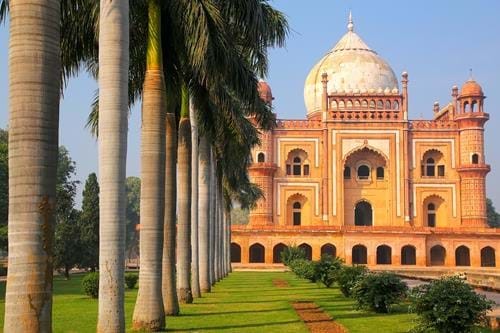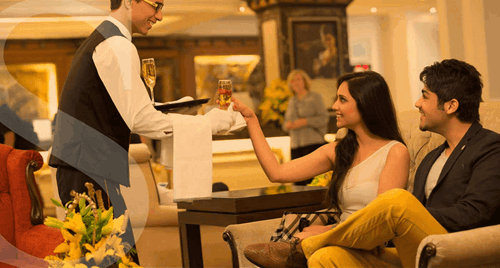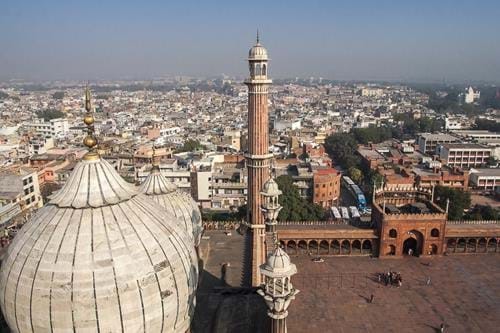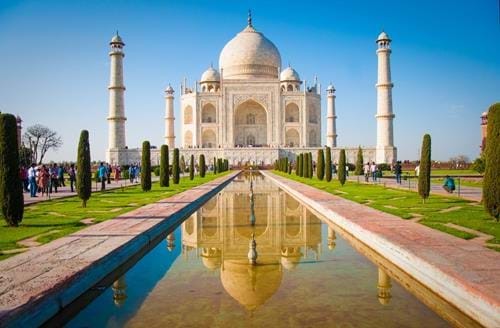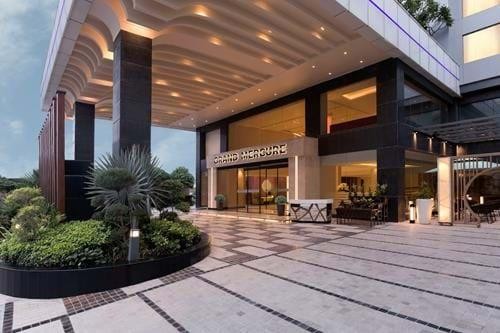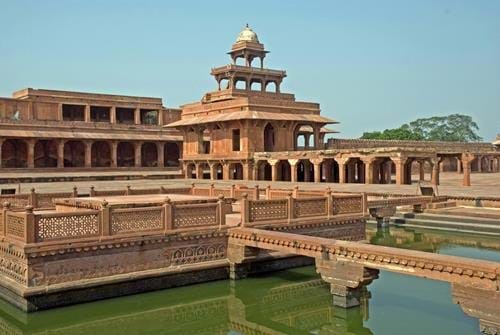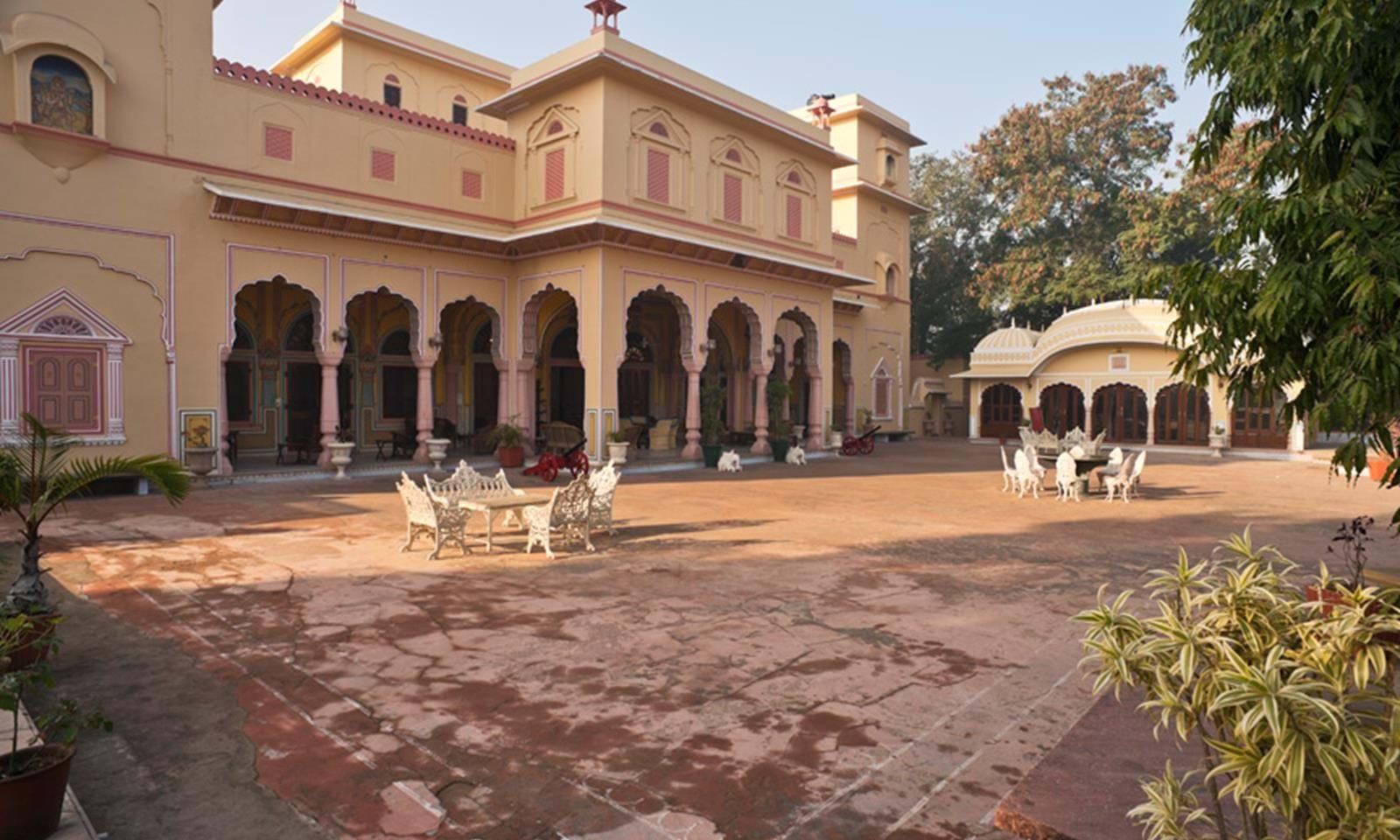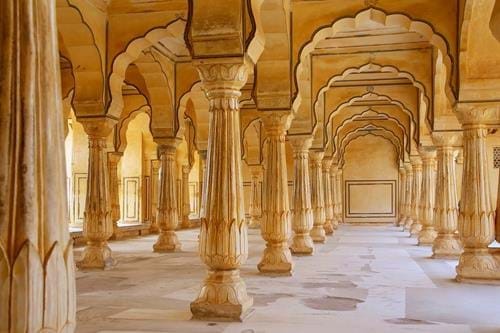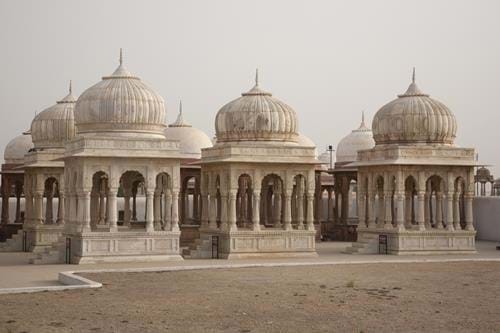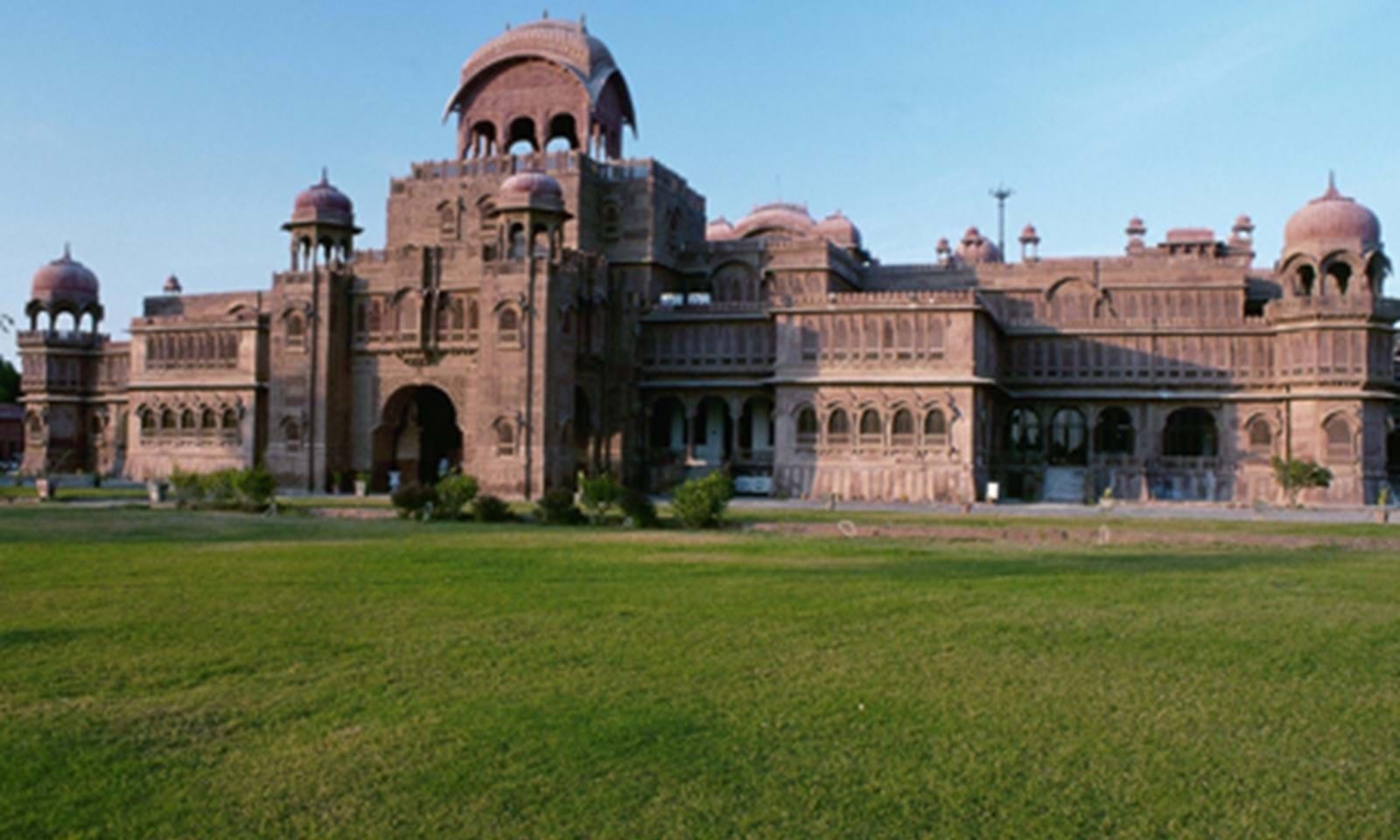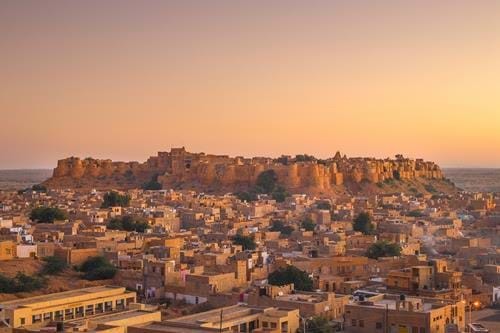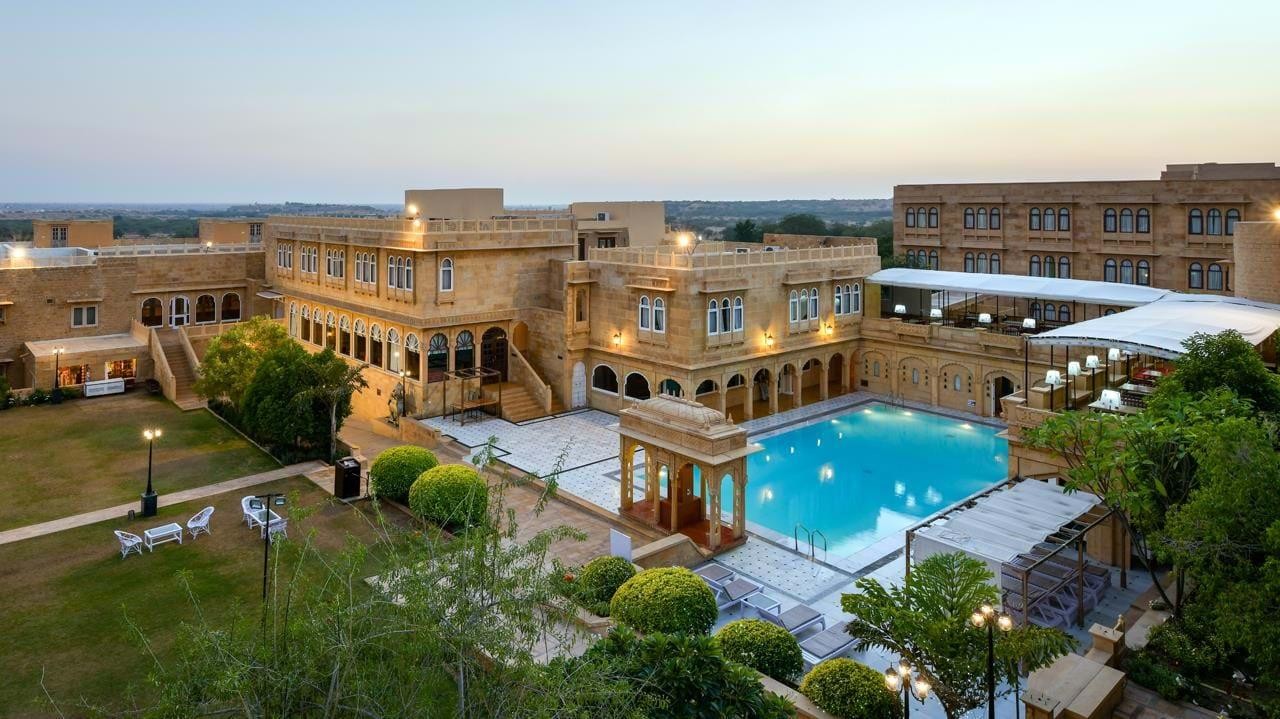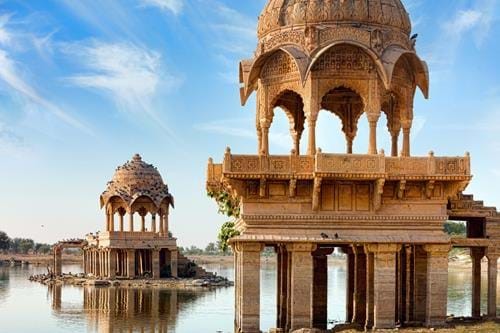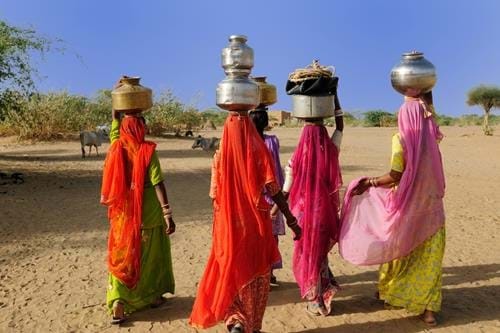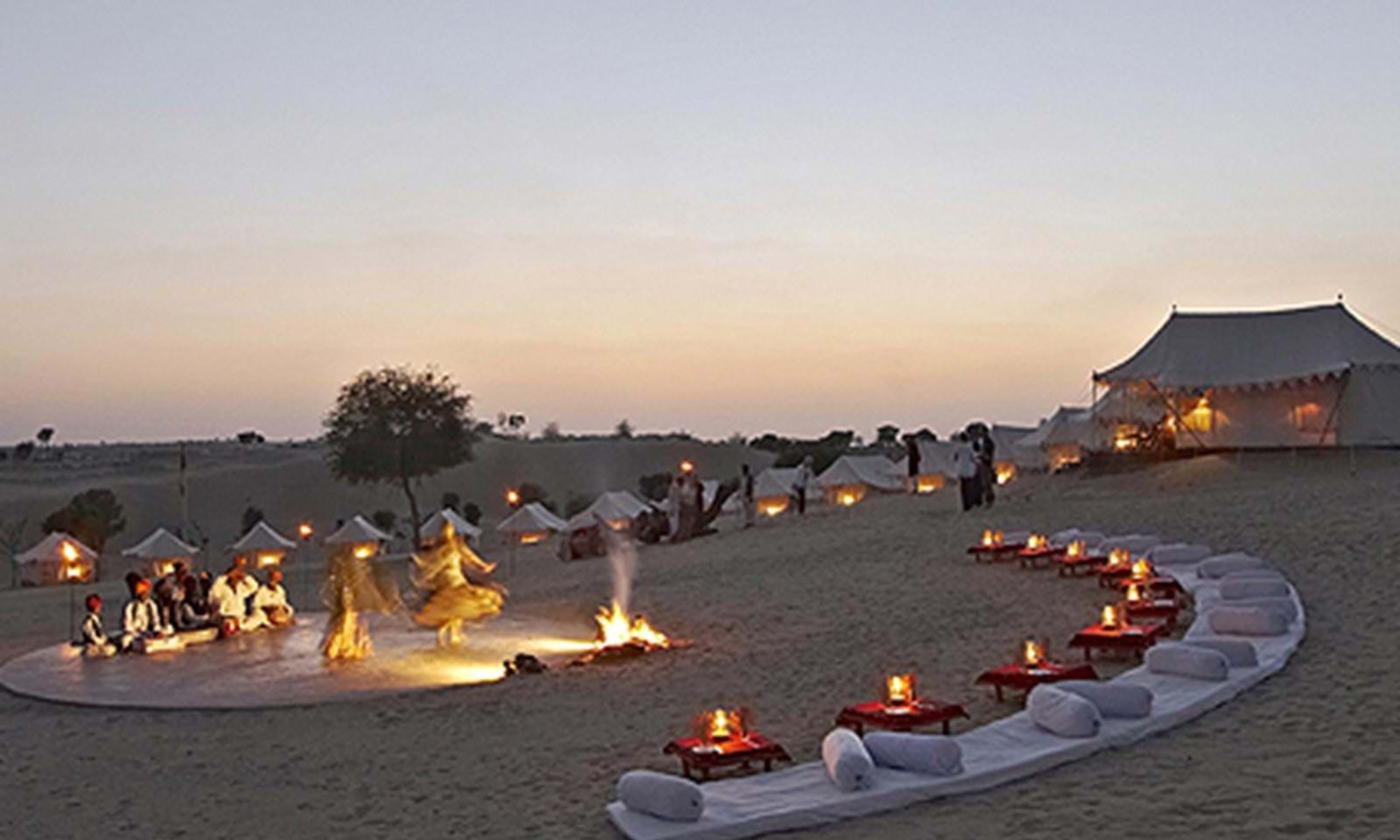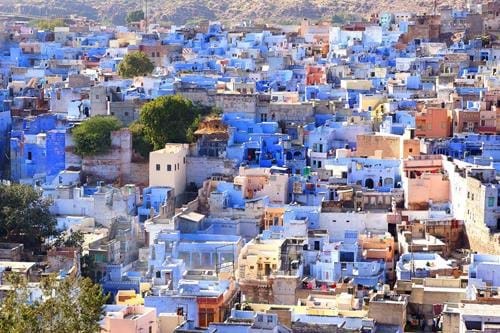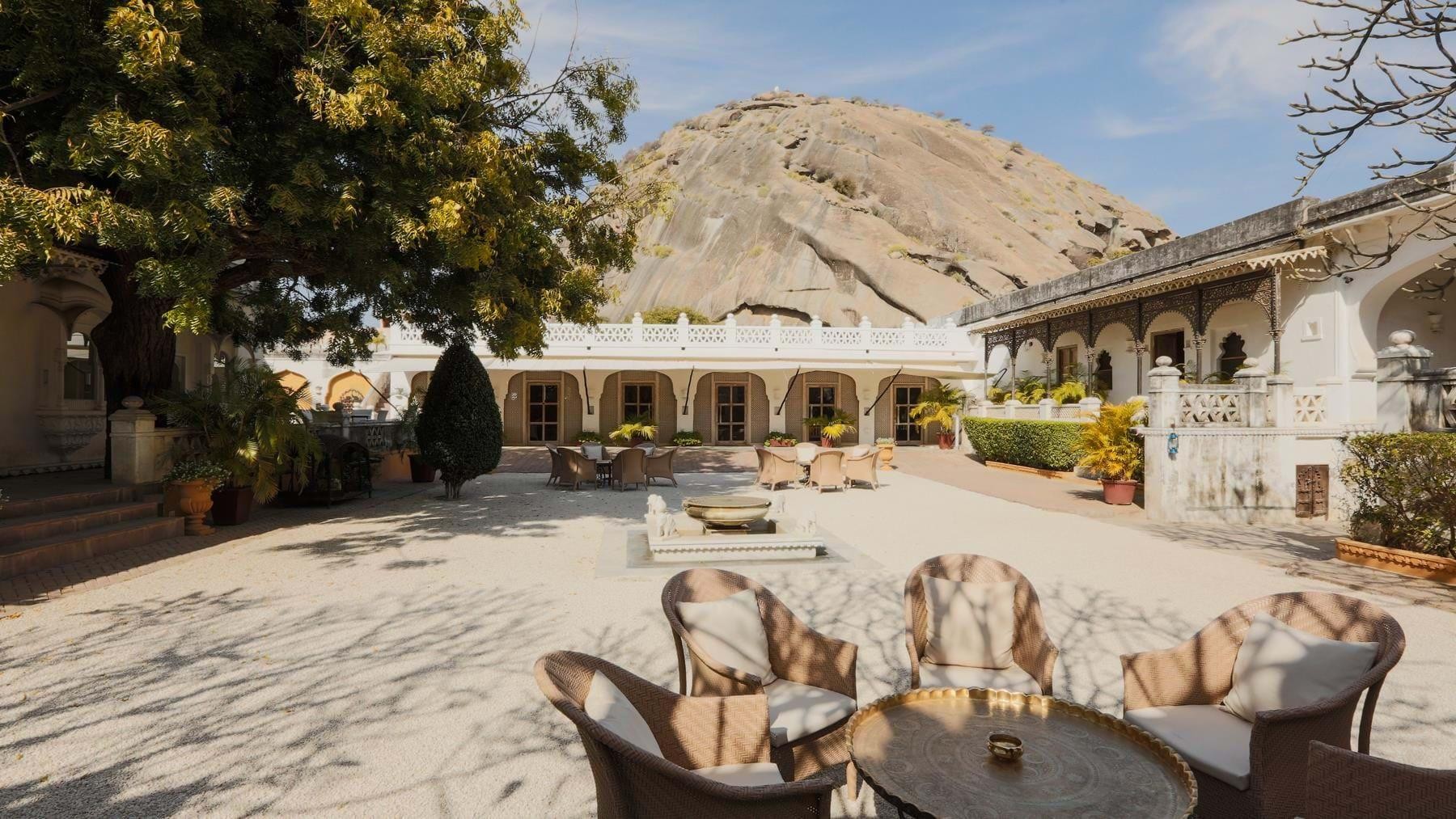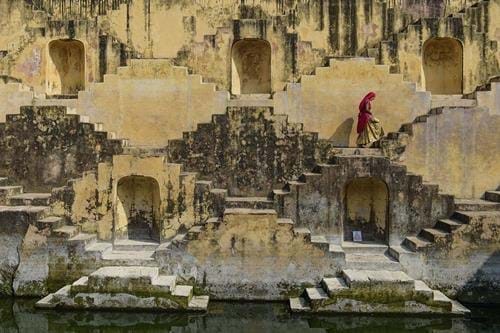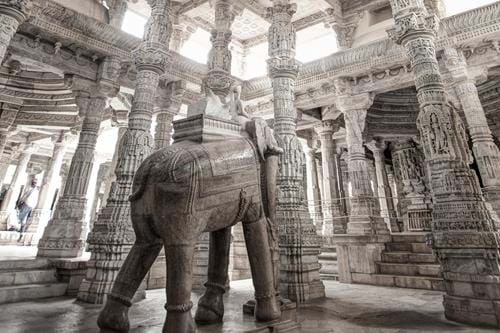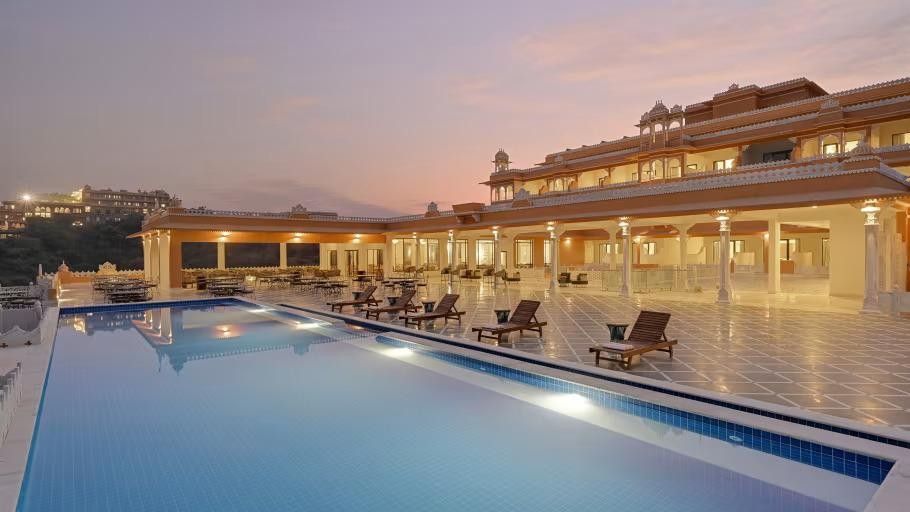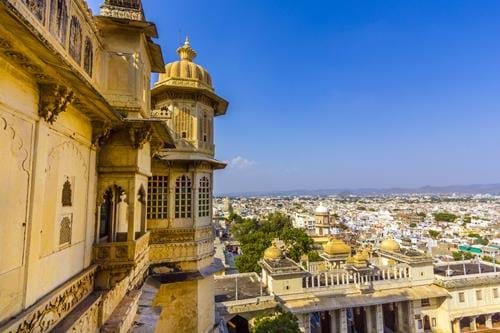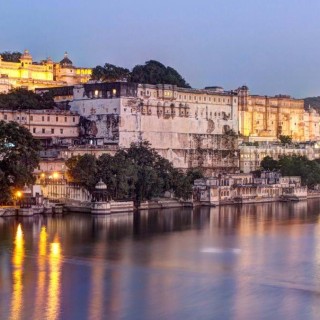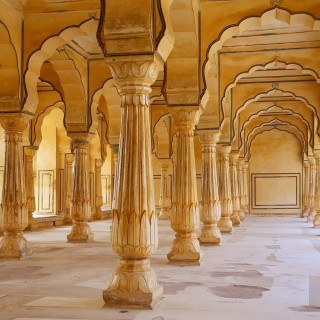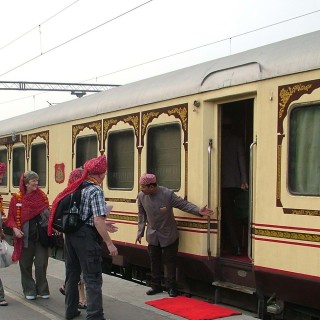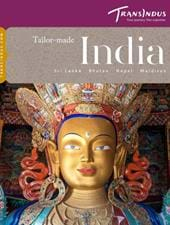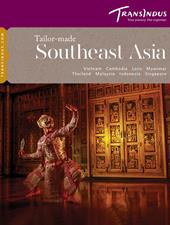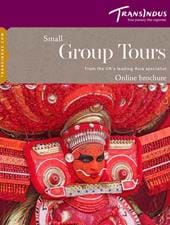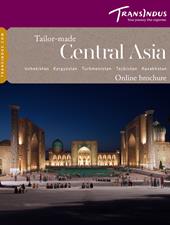Save £100 per person on list prices
Save £100 per person on ALL Group Tours booked between September and the end of December 2025.
Group Tour
- Duration15 Days
- Flights IncludedNo
- Prices From £ 2095
 Places Visited :
Delhi, Agra, Jaipur, Khimsar, Jaisalmer, Dechu, Jodhpur, Narlai, Udaipur
Places Visited :
Delhi, Agra, Jaipur, Khimsar, Jaisalmer, Dechu, Jodhpur, Narlai, Udaipur
Focusing on Rajasthan’s royal heritage, including the Taj Mahal and other great monuments of the ‘Golden Triangle’, this popular two-week tour follows a classic route around northwest India’s more regal and opulent locations: from the Mughal wonders and packed bazaars of Delhi to Akbar’s ghost city at Fatehpur Sikri, Jaipur (the ‘Pink City’) and the fairy-tale desert citadel of Jaisalmer. From there, you head across the sandflats to Jodhpur, the ‘Blue City’ and end the tour beside the shimmering waters of Lake Pichola at Udaipur. Along the way, we spend time in some rural locations and stay in elegant palaces.
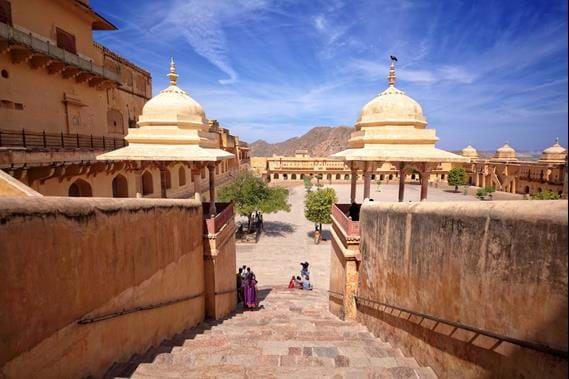
Remember, this trip can be personalised to suit your travel needs - we can tailor everything from hotel, travel type, duration and more.

